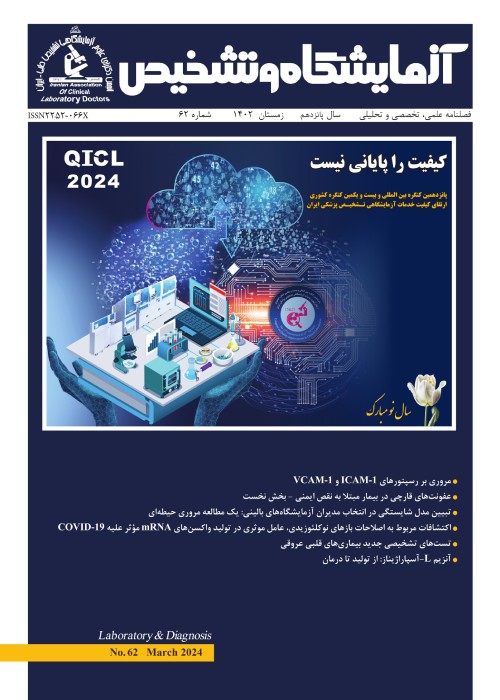Fungal infections of the CNS - Section 1
While fungal infections of the CNS are relatively rare, they have become more common with the increasing number of individuals who are immunocompromised due to HIV/AIDS, immunosuppressive therapies, invasive diagnosis and treatment methods, and organ transplants. CNS fungal infections present many diagnostic and therapeutic challenges and are associated with a high mortality rate. Cryptococcal meningoencephalitis is the most common of these infections and usually affects patients with uncontrolled HIV infection.
While immunocompromised patients are the most susceptible to CNS fungal infections, they can also occur in immunocompetent patients undergoing invasive procedures such as neurosurgery and in patients exposed to contaminated devices or drugs. In addition, heavy exposure to fungi in endemic regions can lead to infection in immunocompetent individuals.
CNS infection due to Cryptococcus species is most often caused by Cryptococcus neoformans, with C gattii as a less common cause, and often arises from a primary lung infection. Meningoencephalitis is a typical feature of Cryptococcus infection of the CNS. Common signs and symptoms include headache, nausea, vomiting, altered mental status, impaired vision, and 6th nerve palsy. In patients with uncontrolled HIV infection, symptoms might be absent or subtle before initiation of antiretroviral therapy.
Candida-related CNS infections are usually caused by Candida albicans, arise from hematogenous spread, and present with overt meningitis. These cases may involve chronic meningitis, brain abscesses, vasculitis with cerebral infarctions, spinal infections, ventriculitis, and mycotic aneurysms.
Candida meningitis and meningoencephalitis are uncommon. Infection can be secondary to hematogenous dissemination or direct inoculation. Neurosurgery, recent antibiotics, and corticosteroids are predisposing factors. Fever, meningismus, elevated CSF pressures, and localizing neurologic signs are commonly noted. Delays in diagnosis, hypoglycorrhachia, intracranial hypertension, and focal neurological deficits are associated with a poor prognosis. Clinical manifestations of ventriculoperitoneal shunt-associated candidiasis include hydrocephalus, fever, meningoencephalitis, and abdominal symptoms. The cerebrospinal fluid may show a neutrophilic pleocytosis that is indistinguishable from bacterial meningitis or a predominance of lymphocytes. Ideally the diagnosis of infection is established by repeated cultures from both the indwelling device and lumbar puncture. Candida meningitis may be subacute, presenting with fever and headache of several weeks’ duration and lymphocytic pleocytosis. Neurological manifestations can range from normal examination to signs of brain infarcts or hydrocephalus. Infection may also present as intense granulomatous and necrotizing basal meningitis with cranial neuropathies or basilar artery thrombosis and resultant brainstem and temporo-occipital infarction.
Hematogenous Candida meningoencephalitis is frequently associated with systemic candidiasis in very low birth weight neonates. The initial clinical features are indistinguishable from those of other systemic infections in neonates.
In CNS, Candida invades small blood vessels, causing thrombosis and infarction. Disseminated granulomatous lesions may be scattered throughout the meninges and brain, causing meningitis or focal encephalitis. Candida meningitis can occur spontaneously, as a complication of disseminated candidiasis, or as a complication of an infected wound or ventriculostomies via direct inoculation of the organism into the CNS. At autopsy, gross lesions may not be apparent. Microscopically, multiple microabscesses, small macroabscesses, and microgranulomas in the distribution of anterior and middle cerebral vessels are found. The abscesses are composed of neutrophils, lymphocytes, and macrophages that evolve to a granuloma after a week. On histology, they are faintly basophilic when stained with H&E but are intensely stained with PAS and methenamine silver reaction.
- حق عضویت دریافتی صرف حمایت از نشریات عضو و نگهداری، تکمیل و توسعه مگیران میشود.
- پرداخت حق اشتراک و دانلود مقالات اجازه بازنشر آن در سایر رسانههای چاپی و دیجیتال را به کاربر نمیدهد.


